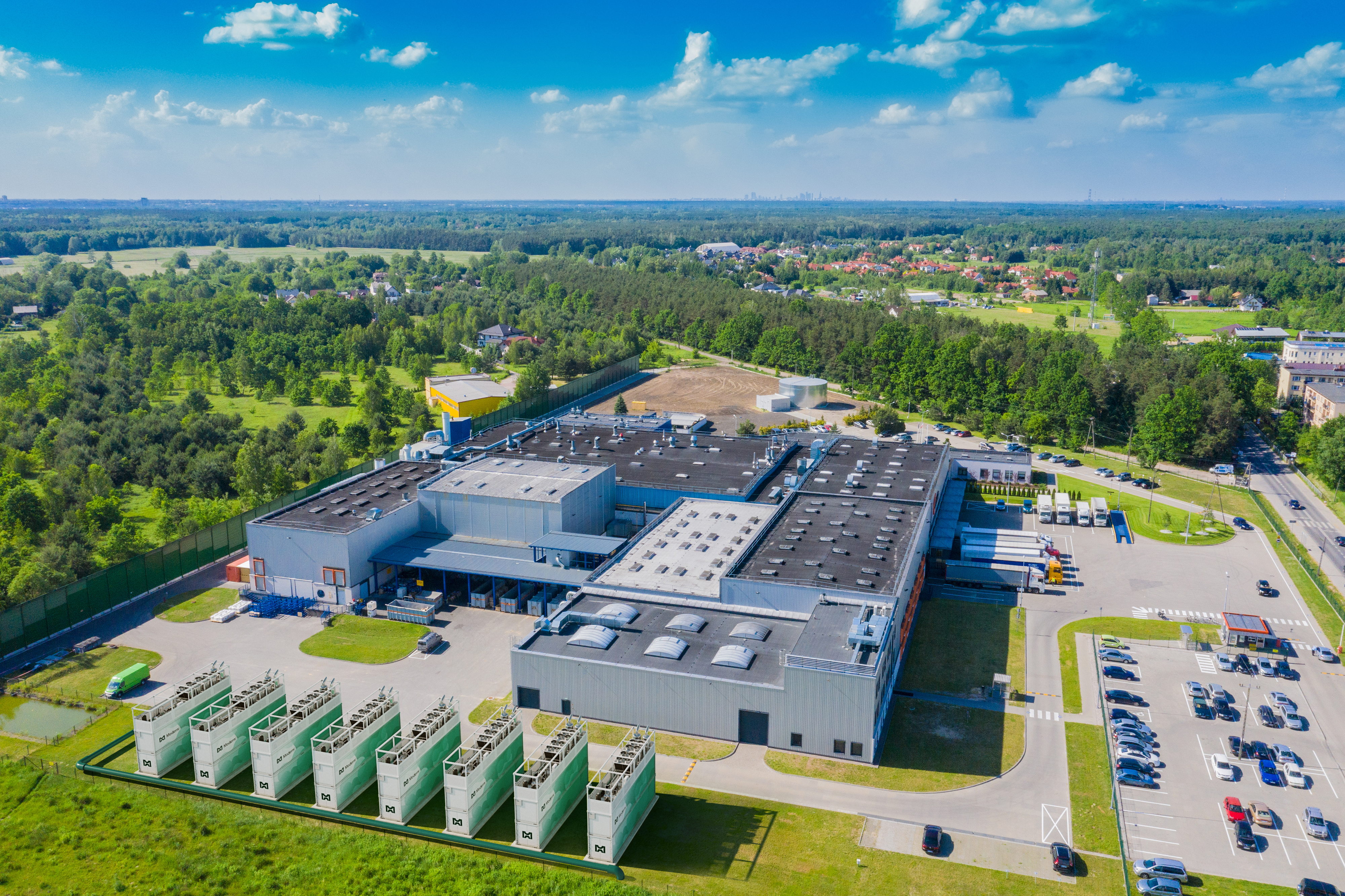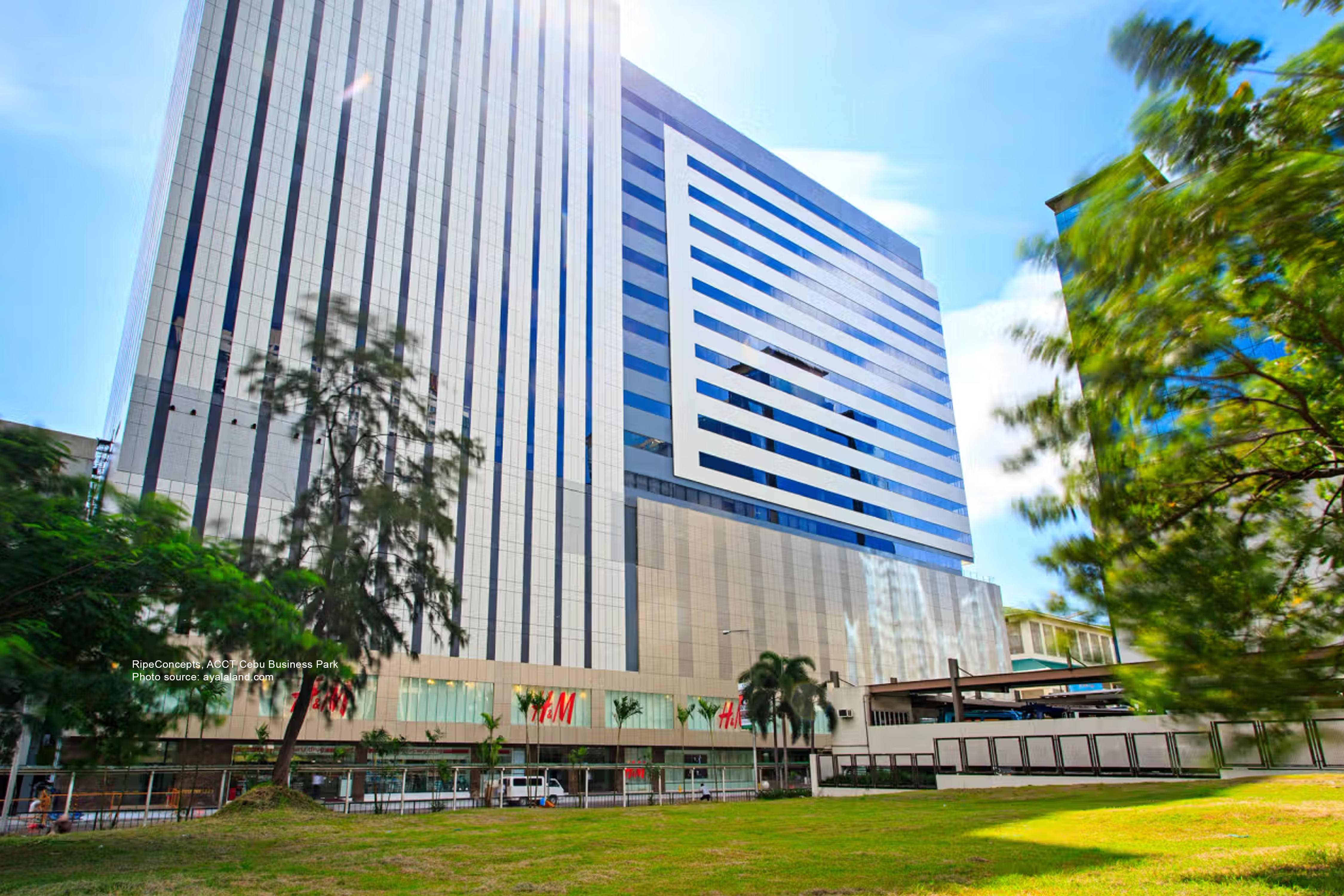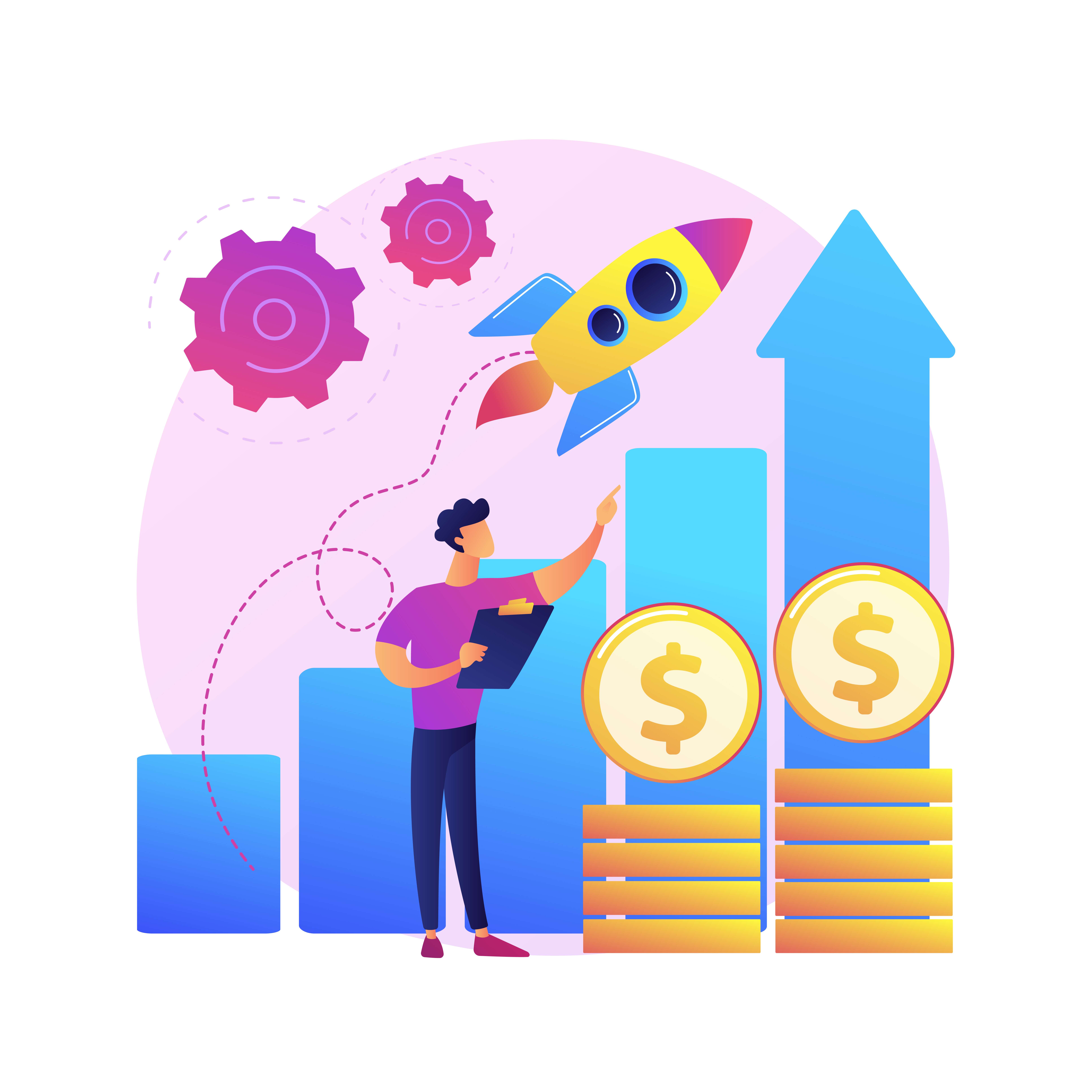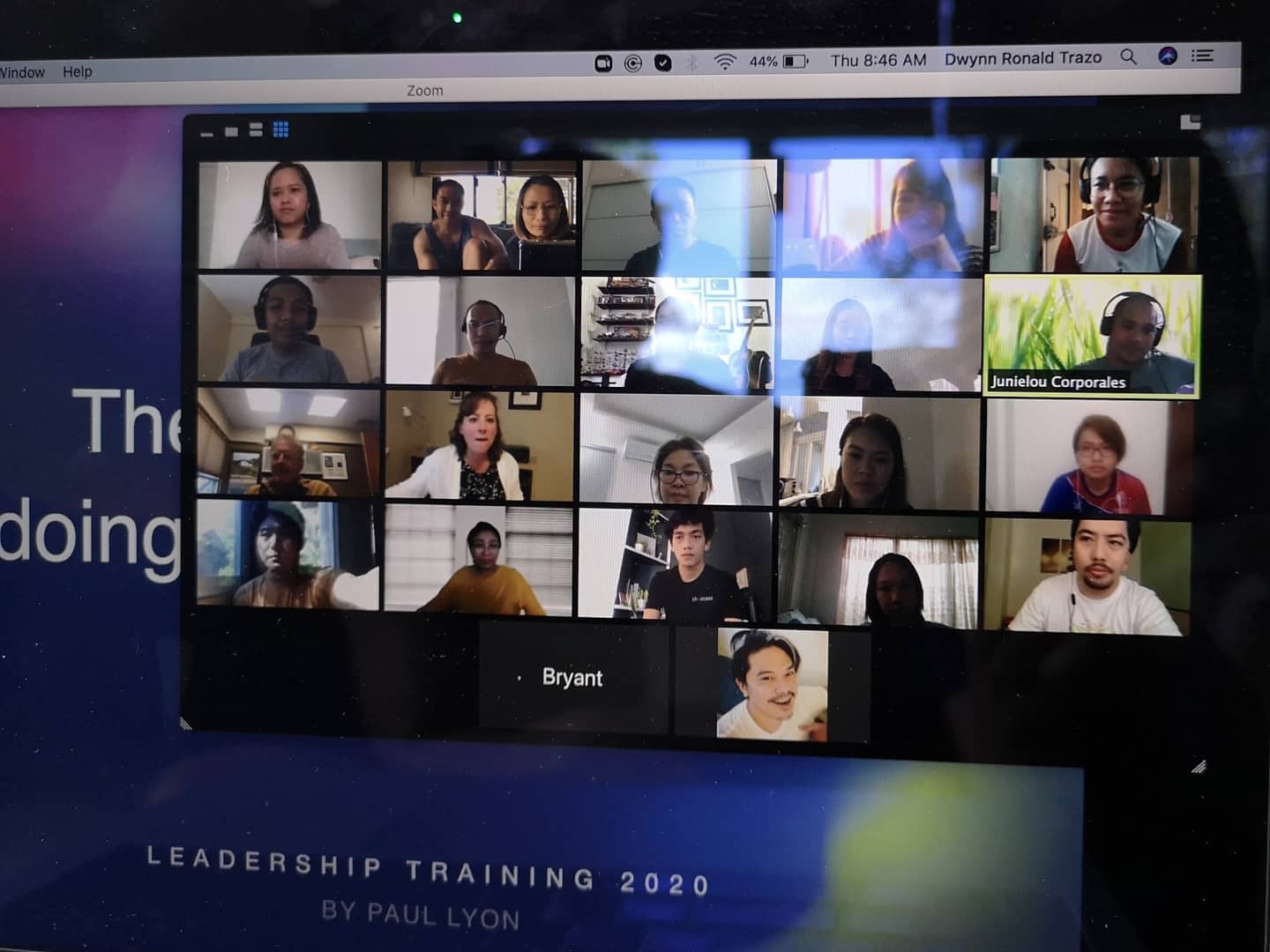You might not realize it, but 3D services are seamlessly integrated into our daily lives, well beyond media and entertainment. From the products we see online to the buildings we live and work in, 3D technology has revolutionized the way businesses design, manufacture, and engage with customers.
Across various industries, businesses have embraced 3D services to enhance their operations and create immersive customer experiences. The demand for visualization and 3D rendering software is so strong that the market is expected to reach USD 9.61 billion by 2030.
Business Benefits of 3D Services
There are a wide range of applications for 3D services, from product design and visualization to marketing and sales. By harnessing the potential of 3D technology, businesses can save money, streamline workflows, and gain a competitive edge in several ways:
- Improved Design and Visualization - Realistic 3D models offer a clearer and more comprehensive understanding of products or projects compared to 2D drawings or sketches. In product design, there is a place for 2D sketches, but the next step should be 3D models, which offer a clearer and more comprehensive understanding of products or projects. Stakeholders can get a better image of the final product or design concept, and this is especially helpful in giving compelling presentations to clients.
- Better Product Development - In the prototyping stage, a business can easily modify and iterate upon 3D models, allowing for quicker design changes and experimentation. Making use of 3D services can also help to identify potential design flaws or manufacturing issues early in the development process. 3D services are also the foundation of additive manufacturing or 3D printing, which is currently a niche but rapidly growing industry. Overall, 3D technology can help to reduce costs and waste that are associated with rework or manufacturing errors.
- Impactful Customer Engagement - A business can use high-quality 3D renderings to showcase products in marketing materials, advertising, websites, social media, and more. Rendering in products in photorealistic 3D can also help to reduce costs compared to expensive product photoshoots. Customers can better appreciate products with stunning visuals, as well as immersive 3D experiences in the augmented reality and virtual reality (AR/VR) space.

Hyper-realistic 3D rendering by RipeConcepts
Types of 3D Services
To gain a clearer understanding and help identify which 3D services might be beneficial for your business needs, let’s explore some of the common available offerings and their potential applications.
- 3D Modeling – This is the foundation for other 3D applications and involves creating digital representations of objects, environments, or characters using specialized software. These models can be as simple as a basic shape or as complex as a detailed human figure.
- 3D Rendering – In this process, 3D models are transformed into realistic images. This involves simulating lighting, materials, and textures to create an appealing and accurate representation. This is often used for architectural renderings, product visualization, and animations.
- 3D Animation – Animation brings 3D models to life through movement and sequences of poses over time. Commonly used in entertainment, marketing materials, explainer videos, and interactive experiences, 3D animation is a dynamic way to engage with audiences.
- 3D Printing – Also known as additive manufacturing, this technology involves the physical creation of 3D objects based on digital designs, enabling rapid and cost-effective creation of physical prototypes potentially cheaper prototyping and production. It’s particularly ideal for producing intricate shapes that would be difficult or impossible with traditional manufacturing methods.
- Web3D – Placing traditional 3D visuals on a website is one thing, but Web3D is a whole new level of interactivity and engagement. Going beyond simply placing static 3D visuals, Web3D allows users to interact with 3D content in real-time. This provides a more immersive online experience.
- AR/VR – 3D models are essential for creating AR/VR experiences. AR overlays digital images onto the real world, while VR fully immerses users in a digital world. Both technologies rely on high-quality 3D to create enjoyable user experiences.
AR Greeting Card by RipeConcepts
Exploring 3D Service Providers
While many 3D artists are generalists and can handle the basics, 3D services are varied and can require specialized skills for specific tasks. For example, modeling, animation, and texturing are best executed by 3D professionals with expertise in those areas.
Finding the right balance of expertise, cost-efficiency, and fast turnaround in 3D services can be a challenge. While AI can be helpful for certain tasks, it’s often not enough for polished, custom 3D visuals. An in-house 3D team offers the most control but can be expensive, especially for businesses that don’t require 3D services frequently. Even with an in-house team, burnout and meeting deadlines can be an issue, especially when accelerating production. Hiring freelancers can also be time-consuming and frustrating.
An ideal 3D service provider should have a team capable of delivering high-quality work at competitive prices. With a team in the Philippines, RipeConcepts offers just that, combining cost-effectiveness with exceptional skill. Working in a state-of-the-art facility, our experienced 3D designers possess a deep understanding of design principles and industry best practices. This allows us to tailor our services to meet the unique needs and goals of businesses across various industries. Simply describe your project, and we’ll provide a tailored solution at competitive rates without compromising quality.
3d animation , 3D design , 3D Modeling , 3D rendering , Animation




